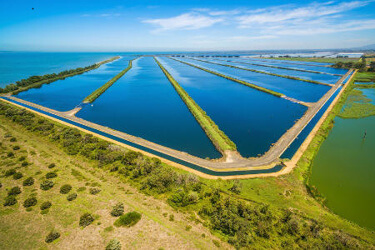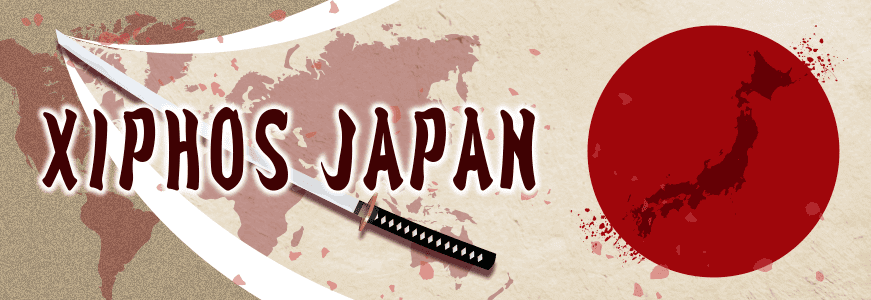
Australia, as you know, is a large country compared to Japan, with a total land area 20 times larger. However, the majority of the country (approximately 70%) is arid and desert, unsuitable for human habitation, and the majority of the population is concentrated in coastal areas.
Water conservation requests and severe water shortages are currently a problem in Australia during the summer months, as they are every year. The world’s average annual rainfall is 810 mm, while Australia’s average annual rainfall is 465 mm, about half the global average. Australia’s national policy is to increase its population, as it is believed that population = national strength. However, despite its large size, Australia has limited usable land, and the majority of the population is concentrated in urban areas, causing various problems such as housing and other infrastructure. Australia’s main exports are not only underground resources, but also cereals such as wheat, barley and corn, as well as dairy products and beef, which, like humans, require large amounts of water for farming and livestock production.
Australia urgently needs to solve its water problems, not only to secure enough water for its current population, but also for the future development of the country. One of Australia’s water security projects is a large-scale water reprocessing facility. The government is investing a total of USD 30 billion (approximately 3 trillion Japanese yen) in this project.
Initially, attention was focused on desalination plants, which create drinking water from an infinite supply of seawater. The main technology used in desalination is reverse osmosis (RO), where RO is the process of removing salts and impurities from seawater by passing it through a semi-permeable membrane under high pressure.
This process converts seawater into high quality freshwater that meets drinking water standards, but the process of making freshwater from seawater requires the construction of larger plants, the cost and huge amounts of energy, and is currently in decline due to the current high energy prices.
Instead, recycling systems that make better use of limited resources are attracting attention.
Until then, Australia did not have adequate water re-treatment facilities and was discharging wastewater into the sea without proper treatment. The construction of a sewage treatment water reuse facility first purified the used water (sewage) and converted it into a reusable water resource, supporting the sustainable management of water resources, reducing environmental impacts and protecting public health.
In terms of technology and processes, Australian water reprocessing facilities use advanced technology and treatment processes to purify water, with typical treatment steps including mechanical, biological, chemical, reverse osmosis and ultraviolet treatment.
This technological process ensures that the purified water can be used as high-quality recycled water.
Purified & recycled water is supplied as drinking water supply in some areas, in addition to agricultural water supply, industrial process water, irrigation of public green spaces and golf courses. Proactive steps are being taken in Australia to encourage the use of recycled water to make the best use of limited water resources and to achieve sustainable water resources management.
Although Australia’s water reprocessing facilities and projects are not yet fully functional, and water is supplied to various sectors through strict water resource management during the dry season, they are expected to play an important role in many areas, including the supply of high-quality recycled water, environmental protection, public health, agriculture and industry.
It is expected to play an increasingly important role in many fields, including high-quality recycled water supply, environmental protection, public health, agriculture and industry, and in terms of sustainable water resources management.







